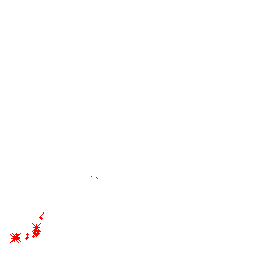Once upon a time, not so long ago, Slovakia was part of the Czechoslovak Republic. Since 1991, these are two completely different states: Slovakia and the Czech Republic. Remember how our grandmothers and parents once bought Czechoslovak furniture and some clothes? I will definitely write about the Czech Republic. And today I will introduce you to Slovakia a little bit. Shall we start?
Колись, вже й не так давно, Словакія була частиною Чехословацької Республіки. З 1991 року це вже зовсім дві різних держави: Словакія і Чехія. Пам' ятаєте, як наші бабусі та батьки, колись купляли Чехословацькі меблі та деякий одяг? Про Чехію я обов' язково напишу. А сьогодні я познайомлю вас трошки зі Словакією. Почнемо?
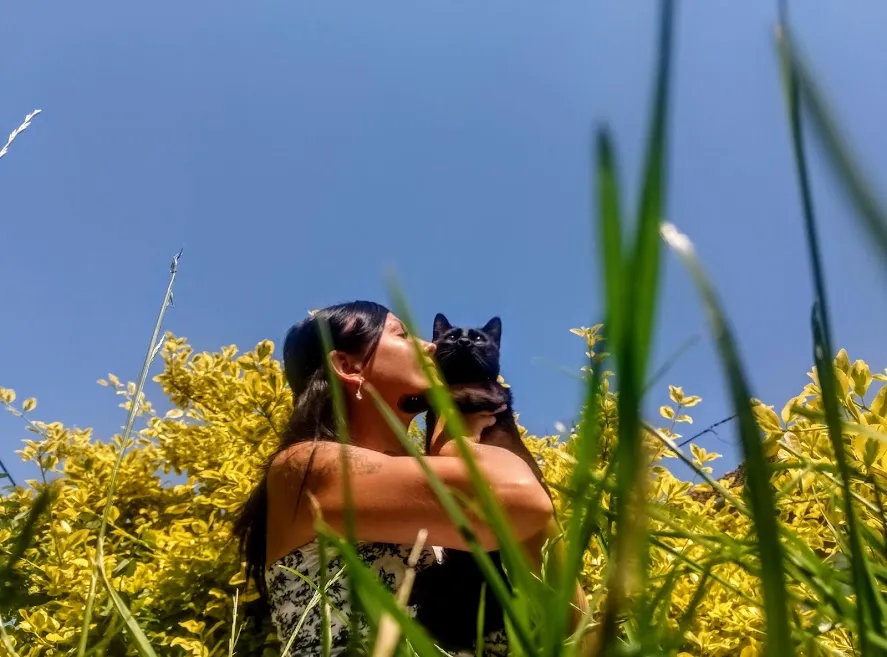
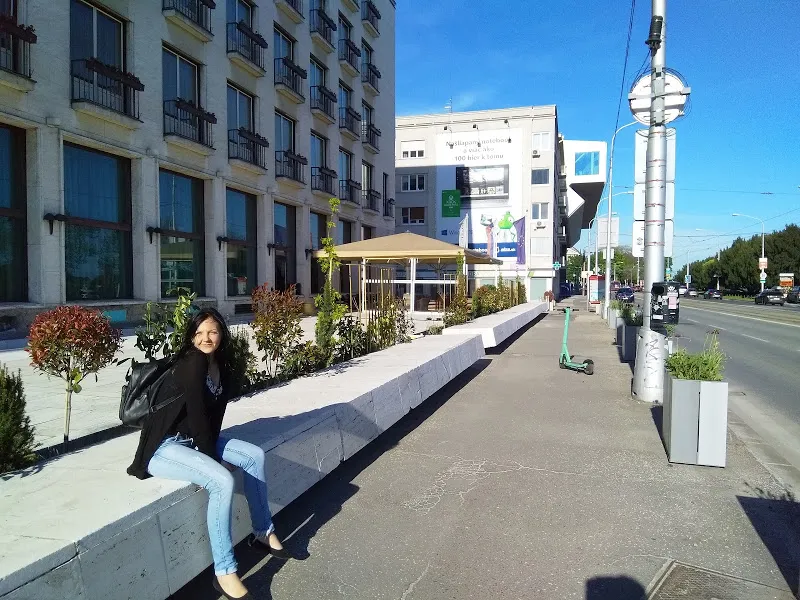
Slovakia is a small country. Some people don't even know it exists. There are no big cities and subways. There is no sea. The capital of Slovakia is Bratislava. No more than half a million people live in the capital. By the way, Slovakia and Slovenia are two different countries. I have friends who have lived here for half a year and thought they lived in Slovenia. No, these are completely different countries. The national currency of Slovakia is the euro, and once there were crowns. The capital of Bratislava borders both Austria and Hungary at once. There are no borders (because it is the European Union). You can, for example, live in Bratislava (Slovakia) and go to another bread shop in another country. So some people go to refuel their cars in Austria.
Словакія - це невеличка країна. Деякі люди, навіть, не знають про її існування. Тут нема великих міст та метро. Немає моря. Столиця Словакії - це Братислава. В столиці проживає не більше пів-мільйона людей. Доречі, Словакія та Словенія це дві різні держави. Маю таких друзів, які прожили тут пів-року і думали, що живуть в Словенії. Ні, це зовсім різні країни. Національна валюта Словакії - це євро, а колись були коруни. Столиця Братислава межує одразу і з Австрією, і з Угорщиною. Кордонів нема (бо це Євросоюз). Ви можете, наприклад, жити в Братиславі (в Словакії), а в магазин за хлібом піти вже в іншу країну. Так деякі люди їздять заправляти свої автомобілі до Австрії.
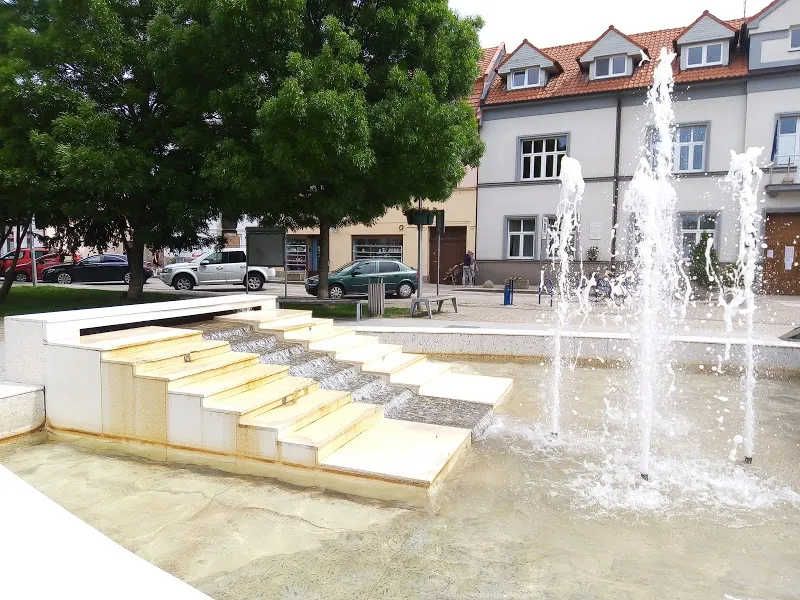

The Slovak language is very similar to Ukrainian. In general, the Slovak language is considered difficult, but I would not say so (perhaps because I know Ukrainian). If you know Ukrainian, you will understand 60 percent of Slovak. I once wrote that sometimes it seems to me that the Slovak language was written by children. Slovak communities live in Slovakia: Hungarians, Ukrainians, Czechs, Ruthenians (not to be confused with Russians), Russians, Gypsies, Serbs, Macedonians, and others. Slovaks are very friendly and do not divide into "their own and others".
Словацька мова дуже схожа на українську. Взагалі, словацька мова вважається складною, але я б так не сказала (можливо через те, що я знаю українську). Якщо ви знаєте українську мову, то 60 відсотків словацької ви будете розуміти. Я вже колись писала, що мені іноді здається, що словацьку мову писали діти. В Словакії проживають різномовні громади: мадяри, українці, чехи, русини (не плутати з росіянами), росіяни, цигани, серби, македонці, та ін. Словаки дуже дружелюбні та не розділяють на "своїх та чужих".
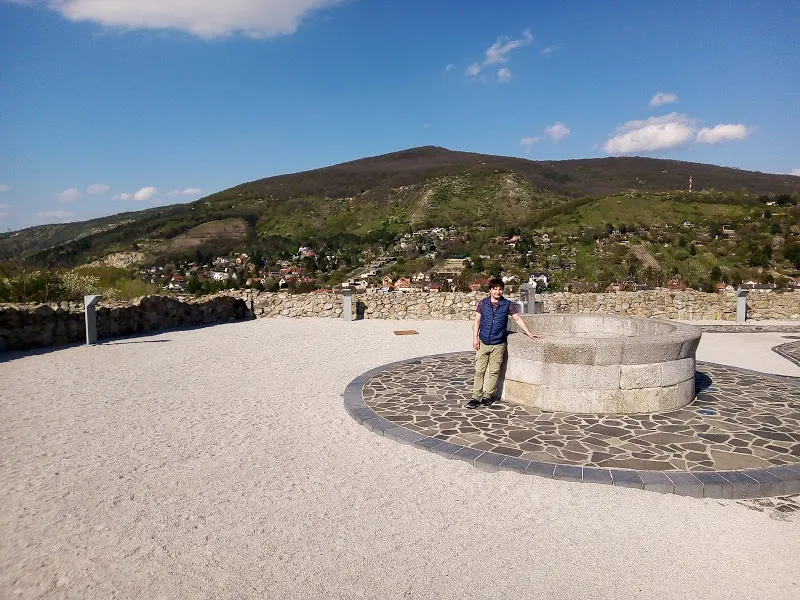
Education. For me, this is a separate, important and interesting topic. Our son goes to school here. So: first of all about the main thing. Education in Slovakia is completely free: both primary school, secondary school and college (institutes and universities). Every child (even children from other countries) can study for free. Our son entered school in Slovakia at the end of the third grade. He did not know Slovak at all. From the first day, teachers at the school dealt with him. We were given a tutor for free to teach the child to speak, understand and write. All clubs in schools are free (programming, different languages, drawing, dancing and more). Now we are in the fifth grade. Thanks to the teachers and the form of education in this country, our son speaks, writes, reads and understands well. In addition to Slovak, he teaches English and German and enrolled in an additional Russian language class. Nutrition in schools is a separate conversation. The state allocates money for food for each child. We pay only a small difference once a year. And fed like in a restaurant. Every day, children in the canteens in addition to food are given so-called boxes with fresh fruits and vegetables: cucumbers, carrots, bananas, apples, desserts, yogurts, strawberries. Interestingly, the child must take his portion. If he does not want to eat, he takes it home. So, for example, the second day we are given half a kilogram of strawberries. Also, the state allocates 100 euros (approximately 3,300 hryvnias) for each child per school year for various cultural and educational activities.
Освіта. Для мене це окрема, важлива та цікава тема. Наш син тут навчається в школі. Отже: перш за все про головне. Освіта в Словакії повністю безкоштовна: і молодша школа, і середня школа і висока школа (інститути та університети). Безкоштовно навчатися може кожна дитина (навіть діти інших країн). Наш син поступив до навчання в Словакії в кінці третього класу. Він взагалі не знав словацької мови. З першого дня вчителі в школі займалися з ним. Безкоштовно нам дали репетитора, щоб навчив дитину говорити, розуміти та писати. Всі кружки в школах безкоштовні (програмування, різні мови, малювання, танці та багато іншого). Зараз ми вже в п' ятому класі. Завдяки вчителям та формі освіти в цій країни, наш син добре говорить, пише, читає та розуміє. Окрім словацької він вчить англійську, німецьку та записався на додатковий кружок російської мови. Харчування в школах це окрема розмова. Держава виділяє на кожну дитину гроші на харчування. Ми платимо тільки невеличку різницю один раз на рік. А годують, як в ресторані. Кожного дня дітям в їдальнях додатково до харчування видаються так звані бокси зі свіжими фруктами та овочами: огірки, морква, банани, яблука, десерти, йогурти, полуниці. Цікаво, що дитина має обов' язково забрати свою порцію. Якщо не хоче їсти, то забирає додому. Так, наприклад, нам другий день видають по пів кілограма полуниці. Також, держава виділяє на кожну дитину на навчальний рік по 100 євро (приблизно 3300 гривень) на різні культурні та освітні заходи.
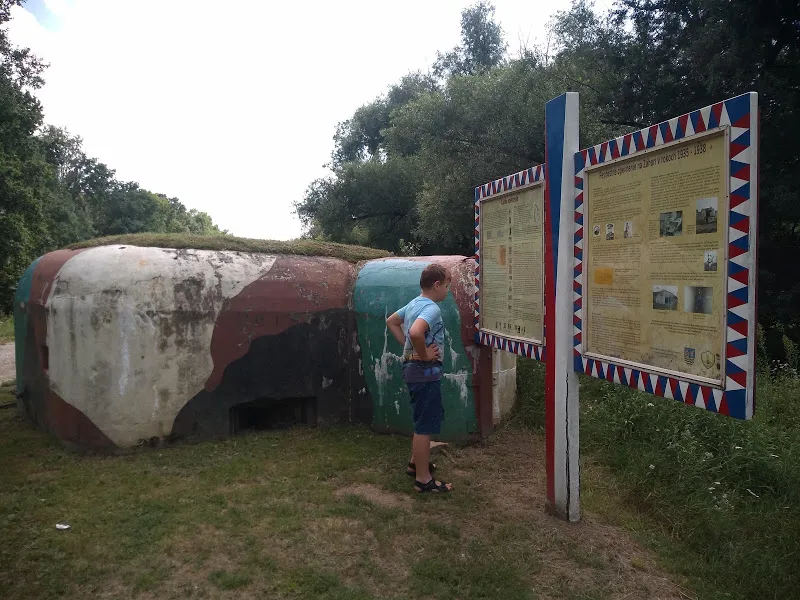
There are many castles in Slovakia. They are preserved, restored and proud of them. Many excursions are free or for a nominal fee. There will be separate stories about all these castles, because in one word I can't write about them.
В Словакії дуже багато замків. Їх бережуть, відновлюють і пишаються ними. Багато ексурсій проводять безкоштовно або за символічну плату. Про всі ці замки будуть окремі історії, бо одним словом я не можу про них написати.
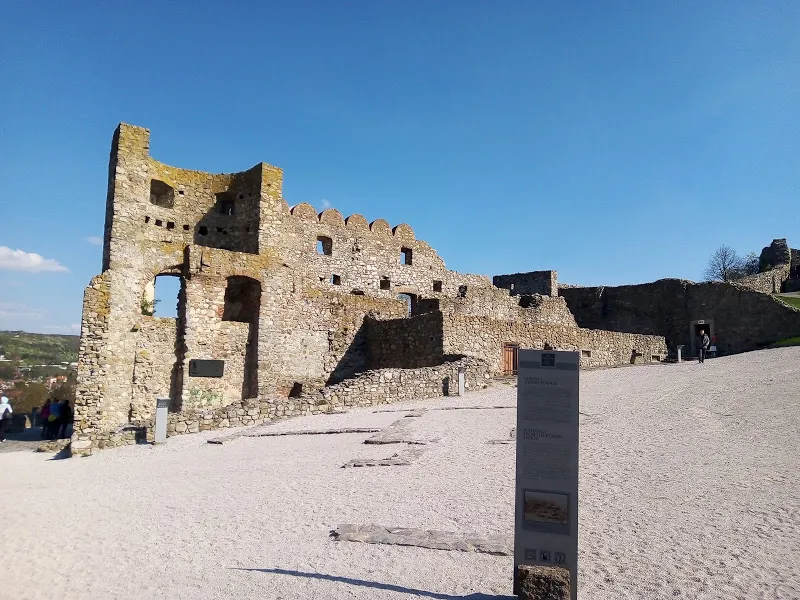
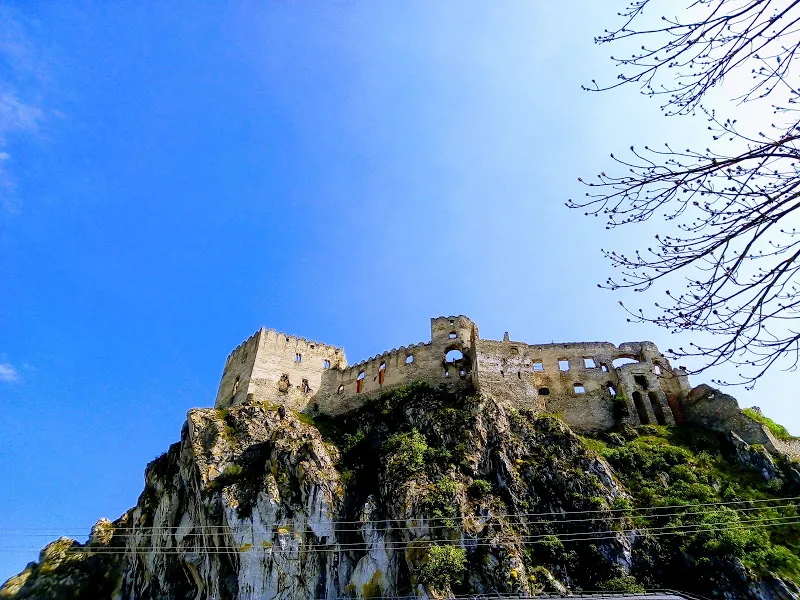
Rye Island. We live on a rye island. it is the largest annual island in Europe. The area of the island is 1885 kilometers and its length is 84 kilometers. And yet, Rye Island is the largest underground reservoir of clean drinking water. Embrace the island of the river: the Little Danube and the Danube.
Житній остров. Ми живемо на території житнього острова. це найбільший річний остров в Європі. Площа острова складає 1885 квадратних кілометрів, а довжина його 84 кілометри. А ще, Житній остров це найбільший підземний резервуар з чистою питної води. Обіймають остров річки: Малий Дунай та Дунай.

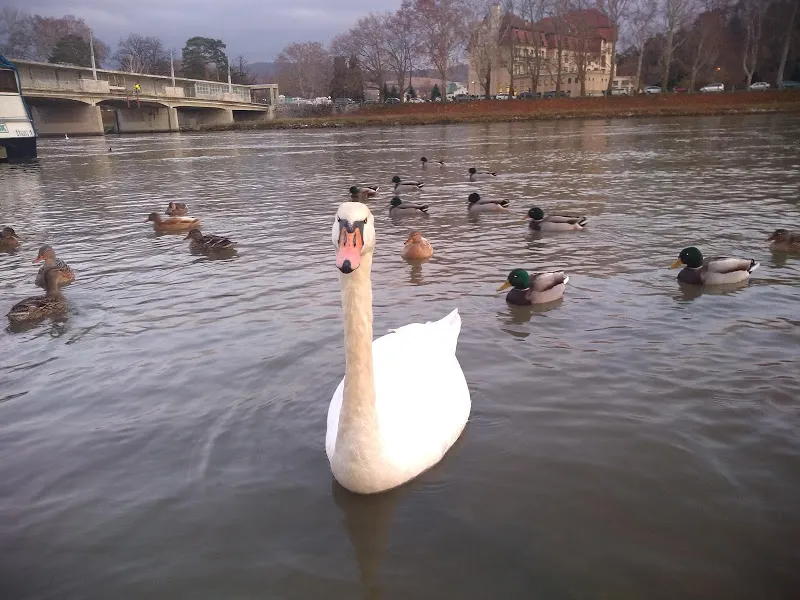
I pay special attention to mountains and caves. Those who me
have long read, know that I love the mountains. For me, mountains are something special. I may not go to the sea for years, but I always travel to the mountains. There are mountains in Slovakia, the High Tatras and the Low Tatras. They are big and beautiful. The last time we were in the High Tatras. What I saw cannot be conveyed in simple words. These mountains must be seen with your own eyes. Next time we plan to go to Austria, to the Alps.
Особливу увагу я приділяю горам та печерам. Ті, хто мене
давно читають, знають, що я дуже люблю гори. Для мне гори це щось особливе. Я можу роками не їздити відпочивати на море, але в гори я подорожую завжди. В Словакії є гори, це Високі Татри та Низькі Татри. Вони великі та красиві. Останні раз ми були у Високих Татрах. Те, що я побачила, не передати простими словами. Ці гори треба бачити на власні очі. Наступний раз плануємо їхати в Австірію, в Альпи.
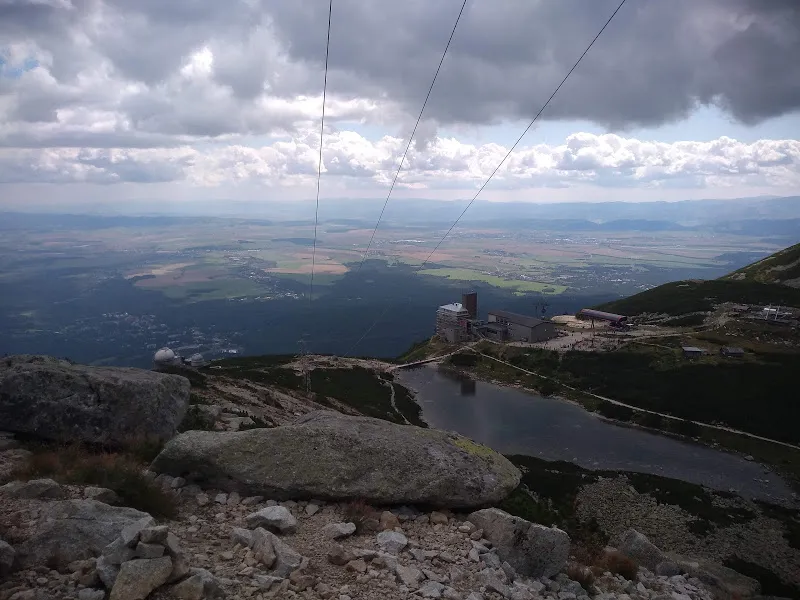
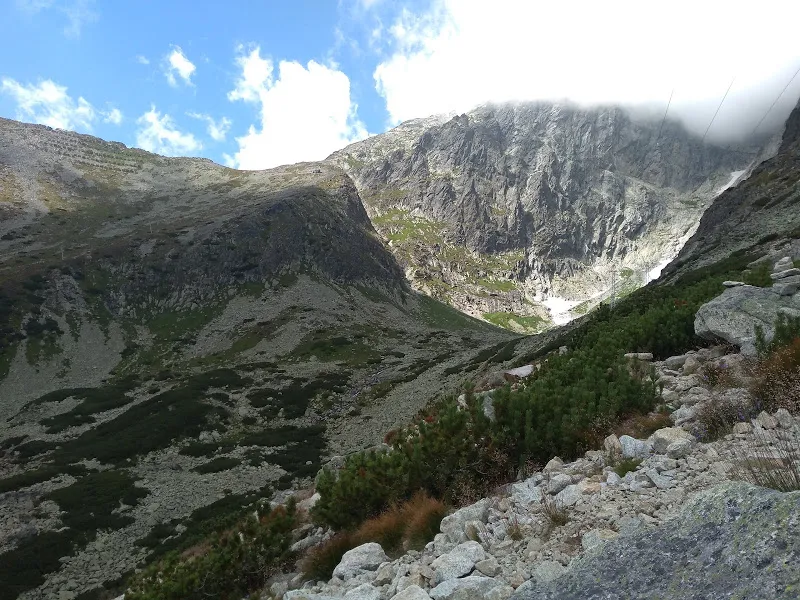
This is only a small part of what I wanted to say about Slovakia. In the following posts I will tell more: about food, about drinks, about people's lives and their habits. And now, while the son is at school and the husband is at work, you need to go and do the housework. I hope you found it interesting.
Це тільки невелика частина того, що я хотіла розповісти про Словакію. В наступних постах я розповім більше: про їжу, про напої, про життя людей та їхні звички. А зараз, поки син в школі, а чоловік на роботі, треба піти і зайнятися домашніми справами. Я сподіваюся, що вам було цікаво.
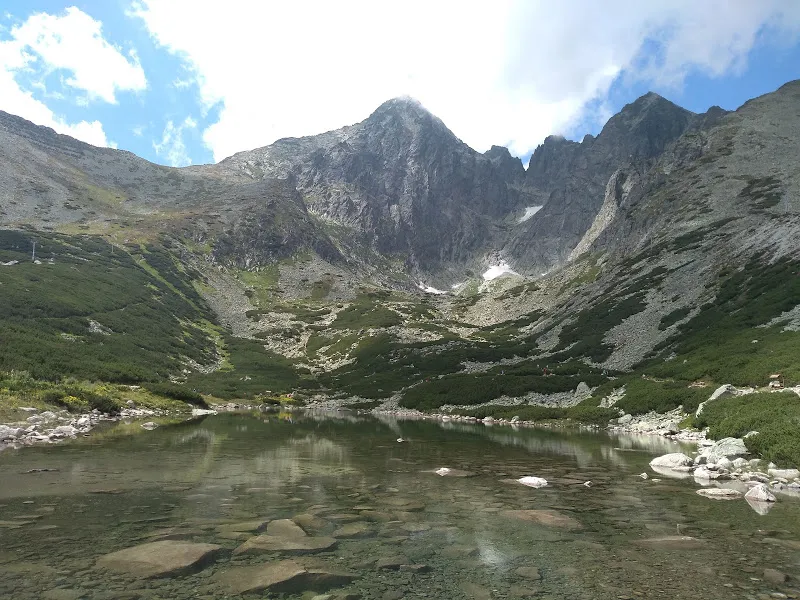
I'm waiting for new acquaintances •❤️• Чекаю на нові знайомства.
I will be very glad to meet each of you. Write about yourself, about your hobbies, about your life. I will be happy to read each of your stories. Thank you for reading my posts. It is important for every author to be heard. Let's be friends.
Я буду дуже рада знайомству з кожним з вас. Пишіть про себе, про ваші захоплення, про ваше життя. Я з задоволенням прочитаю кожну вашу розповідь. Я дякую вам за те, що читаєте мої пости. Кожному автору важливо, щоб його почули. Давайте товаришувати.
